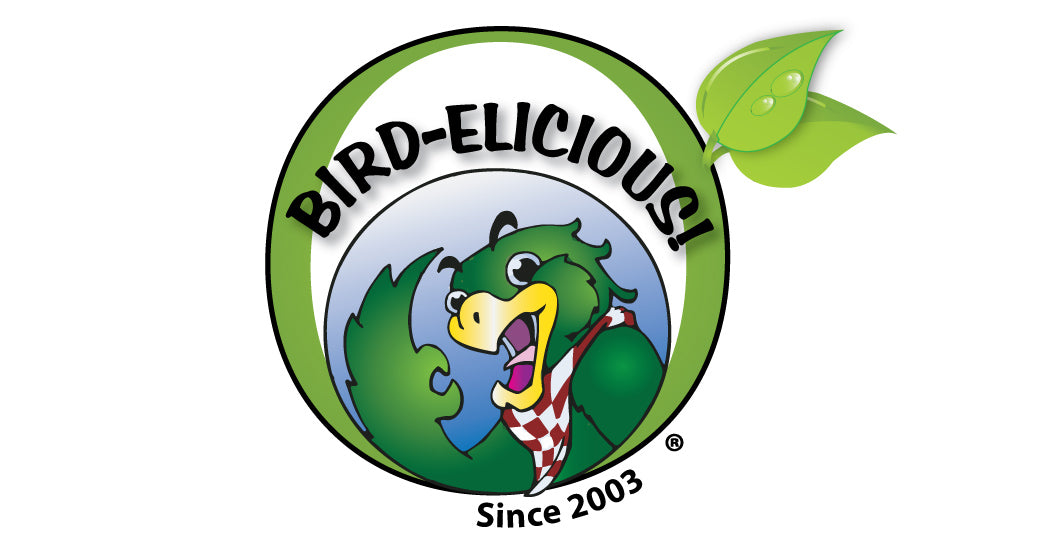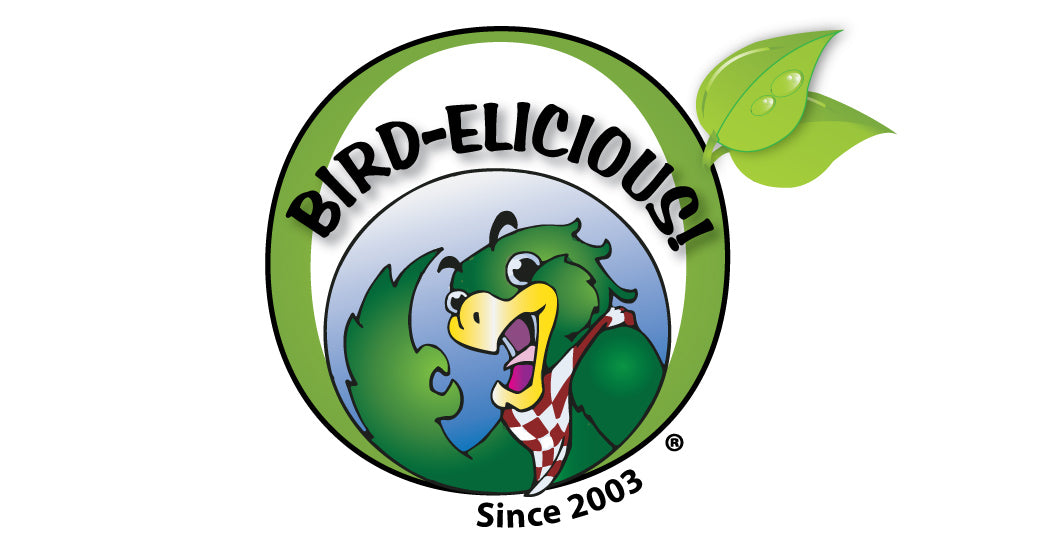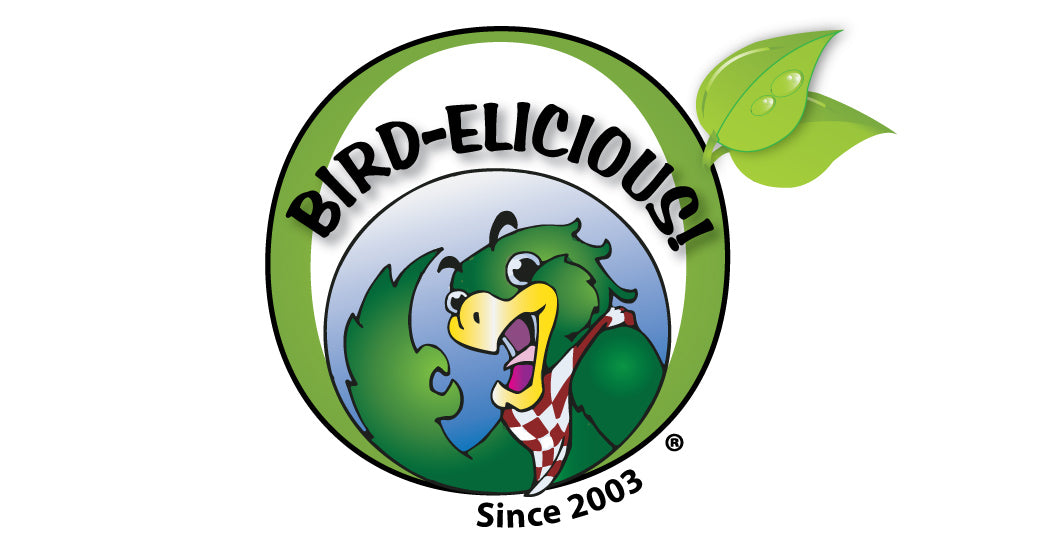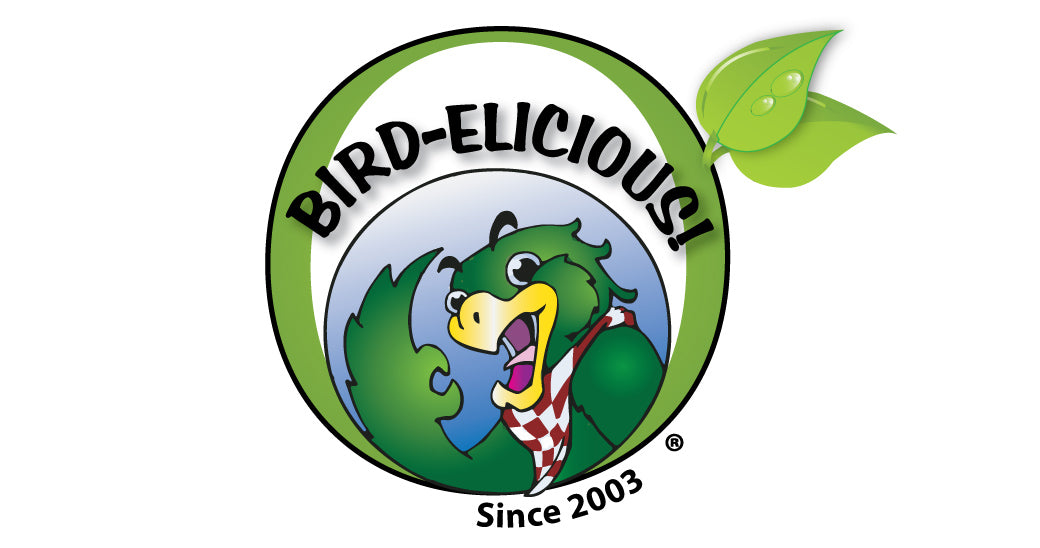Recently I had a client ask me about my opinion regarding the differences between all of the phases seeds, legumes and grains can go through coming out of their dormancy and into living foods for our exotic birds. Unless a person is super familiar with creating live and active truly raw foods for their birds one may not have a thorough understanding about what the different stages of sprouting offer in the way of nutrition. I thought it might make a good article explaining the differences.
Please remember these are my definitions of each phase and my own opinions on all phases. There are literally hundreds of opinions regarding the processes of “soaking, germinating and sprouting.” Although there are some hard and fast rules authorities in the nutritional world have come to decisions upon. I will reference those sources where indicated.
• Soaking: There are a couple of different ways in which to soak seeds and grains. I do not recommend soaking legumes and then feeding without truly sprouting.
Soaking does nothing more than partially reduce the phytic acid and begin to activate the digestive enzymes. This is good if you are in a hurry and simply do not have time to fully bring the seeds or grains to a full sprout where a tiny tail is seen, but soaking does not fully reduce the anti-nutrients, nor does it fully activate the nutrients.
Reducing the phytic acid ensures that some of the anti-nutrients are reduced that prohibit the absorption of protein and calcium as well as other nutrients. Soaking also begins to activate the digestive enzymes available in the seed or grain.
There are a couple of ways in which to soak.
Most of us are familiar with simply soaking in filtered water for anywhere from 4 to 24 hours. Some of us do this in our refrigerator to ensure no harmful bacteria or fungus grows. Some will even add a few drops of grapefruit seed extract (GSE), apple cider vinegar (ACV) or 3% food grade hydrogen peroxide to keep bacteria or fungus from forming. I do not use GSE or ACV due to the fact that I have found both to trigger feather destroying birds.
There is another method used by those who like “fermented” foods. Fermented foods cause a rise in digestive enzymes. With this method some use lemon juice or apple cider vinegar in which to soak seeds or grains for the same amount of time, 4 to 24 hours. Doing this increases the digestive enzymes while also reducing the phytic acid to a greater extent, but again I do not recommend using ACV in the case of feather destroyers. Lemon juice is fine, but the fermentation process activates histamines which triggers feather destroyers.
Legumes: As mentioned above I do not suggest simply soaking legumes prior to feeding. I believe legumes need to be sprouted at least until a tiny tail is seen. Legumes contain certain anti-nutrients and toxins in higher amounts unique unto themselves that are not eliminated until a tail develops. Even then there are some legumes that should not be fed as sprouts at all.
Legumes are extremely high in phytic acid and lectins. While all seeds, grains and legumes contain these anti-nutrients, legumes contain these in the highest amount. In addition, most of us know that peanuts are actually a legume and are usually higher in aflatoxins than other legumes. Soy is super high in phytoestrogens and can potentially alter our birds’ hormones. In addition soy contains trypsin inhibitors that interfere with protein digestion and alpha-amylase inhibitors, which interfere with starch digestion no matter how much soaking or sprouting we do to soybeans.
Legumes can’t just be soaked, they must be fully sprouted until a tail is seen in order to avoid these anti-nutrients. Or if not fully sprouted then they must be cooked, but remember what cooking does; it destroys the digestive enzymes and most of the vitamins. So there’s that.
In addition, the darker the legume the more anti-nutrients they usually contain. I try to stick with the lighter-colored legumes for my birds. Red kidney beans, lima beans, black beans, green beans and fava beans (broadbeans) all contain a toxin known as phytohemagglutinin (PHA). This toxin can potentially lead to severe vomiting and diarrhea. (1) (2) For this reason I do not sprout or feed these beans to my birds. (However, there is no evidence that this toxin is harmful to aves. Erring on the side of caution I do not feed these varieties to my birds.)
• Germinating: This is so close to soaking it is practically the same thing. This takes place within the same amount of time and usually outside of the refrigerator in warmer temperatures. The tiny tail may begin forming inside of the seed, grain or legume, but it is not yet visible to the human eye.
• Sprouting: Sprouting is done over a longer period of time, usually 2-7 days depending on the individual seed, grain or legume. At this stage phytic acid is greatly reduced and digestive enzymes are at their peak. In addition vitamins are greatly increased. At the very beginning of sprouting, when a tiny tail is seen is when the digestive enzyme “amylase” is usually at its highest. In my opinion this is the best time to offer sprouts to our birds.
It is at this stage when phytic acid is greatly reduced and nutrition is most increased. According to clinical tests and studies performed this rings true. (3) (4)
Because birds do not produce amylase in their mouths (beaks) it’s good to make sure we offer as many foods as we can that already contain amylase. This digestive enzyme is necessary for the breaking down of starches. Feeding dead starches, foods that do not contain amylase may potentially place a strain on our birds’ overall endocrine systems due to the fact they do not produce amylase until further down in the digestive tract in the pancreas. We want amylase present all the way through the digestive process so that their endocrine system is not overtaxed.
• Microgreens: At this stage the seedlings have developed into little plants with a couple of leaves. The time period required to grow into a microgreen depends largely on the variety of seed, grain or legume plus the growing condition; with or without light, temperature and humidity. Usually though the length of time is about 7 to 14 days, or 10-21 days at most. Microgreens can be grown in soil or hydroponically, but in my opinion they contain more nutrition if grown in organic soil. The entire greens can be fed, root and all, but usually they are cut just above the soil and only the stem and leaves are used.
The leaves are known as “cotyledon” and are the embryonic leaves contained in the seed itself prior to germination. They are packed with nutrition, especially ascorbic acids, carotenoids, phylloquinone, and tocopherols.(5) (6) I’m thinking as more nutritional research becomes available on microgreens we will find that these little nutritional bullets are packed with Omega 3s too! Microgreens are made of “hemicellulose” fiber; one of the kinds of soluble fibers that gently flush the digestive tract while delivering vital nutrients.
While there are a lot of advantages to sprouting for our beloved birds, keep in mind that we cannot eliminate all of the phytic acid or lectins during the sprouting phase. Of course we cannot eliminate those anti-nutrients by growing these delicious items into microgreens or cooking! Some amount of anti-nutrients will be present no matter what we do, so it’s best to serve living foods and minimize the anti-nutrients as much as we can, increasing the nutrients at the same time!
In my opinion it’s best to include at least 5-7 different sprout varieties, sprouting until a tiny tail is barely visible, adding in some microgreens as well for the unique nutrition they have to add to the mix! I like to grow peas, kale, broccoli raab, arugula and even popcorn shoots as my microgreens. This way I never introduce mature cruciferous veggies containing cellulose to my birds’ digestive tracts. Combine all of these with added tropical fruits, soaked raw almonds (they only require about 12 hours of soaking), a pinch of Terramin™ clay, and always include some BirD-elicious! Origins Wild Diet foods too! By doing this you have rounded out your bird’s nutritional profile to a great extent with well over 50 different diverse ingredients.
For those wanting to learn the basics of how to sprout you can visit our off-Facebook forum at www.ExoticBirdClubOnline.com to learn! Here are the direct links for our sprouting guidelines: http://exoticbirdclubonline.com/reallyraw/sprouting-basics and http://exoticbirdclubonline.com/reallyraw/sprouting-basics-2-why-i-use-food-grade-hydrogen-peroxide-not-acv-or-gse.
We now have microgreen seeds available in our webstore!
Check 'em out here: http://www.thebestbirdfood.com/#!treats--individual-foods/c1gk3
(Ref: (1) http://www.ncbi.nlm.nih.gov/pmc/articles/PMC3153292; (2) http://www.fda.gov/Food/FoodborneIllnessContaminants/CausesOfIllnessBadBugBook/ucm071092.htm; (3) http://www.foddersolutions.net/wp-content/uploads/2013/07/Benefits-of-sprouts-for-feed.pdf; (4) http://www.westonaprice.org/health-topics/faq-grains-seeds-nuts-beans/#sthash.37bdjao1.dpuf; (5) http://www.ncbi.nlm.nih.gov/pubmed/22812633; (6) American Chemical Society. "Many trendy 'microgreens' are more nutritious than their mature counterparts." ScienceDaily. ScienceDaily, 29 August 2012. www.sciencedaily.com/releases/2012/08/120829131634.htm.
©11.13.2015 Machelle Pacion Passion Tree House LLC All Rights Reserved




Leave a comment (all fields required)